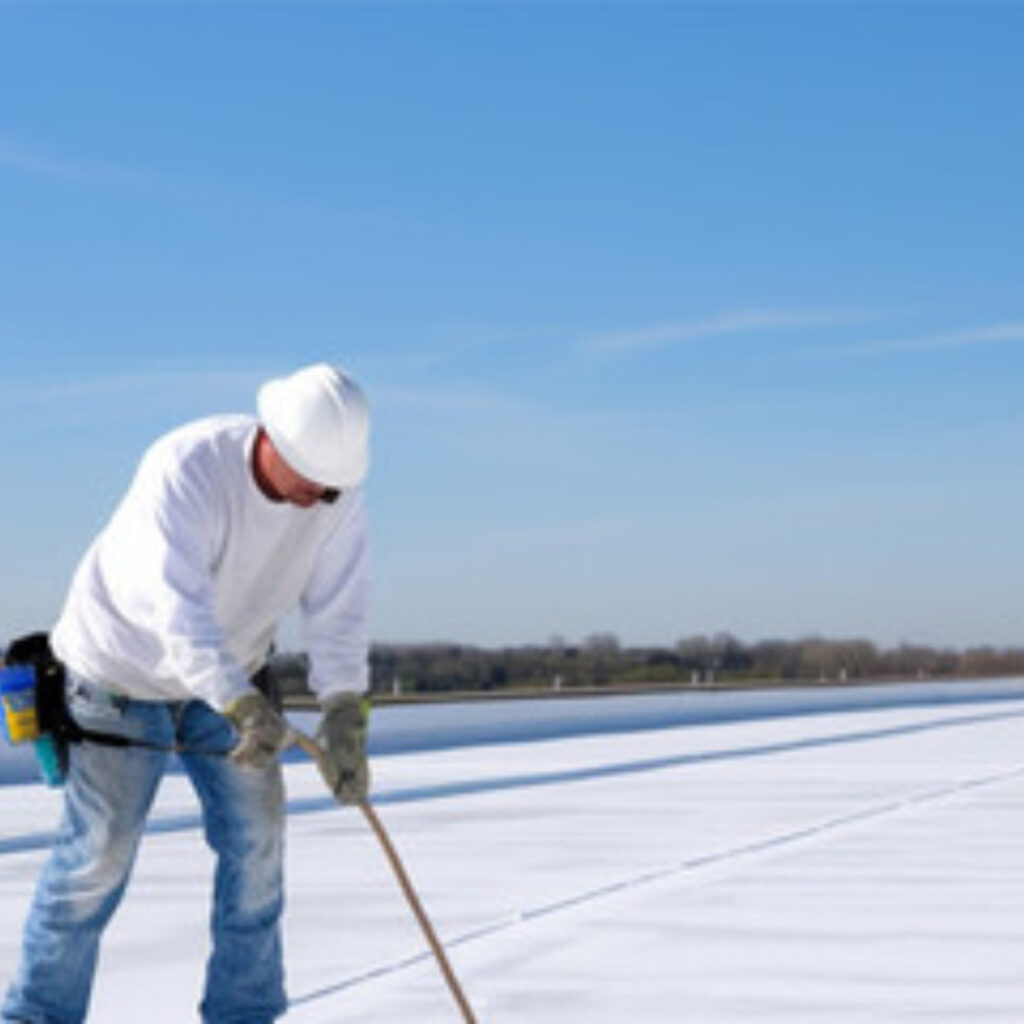The climate tech startup Macoma created an innovative ecological paint. Among its properties, it prevents heat and helps reduce energy consumption.
This is “Cool Roof“. The company presented it as its “star product” and has already launched it for sale. What benefits does this paint bring to the environment are essential to add to sustainable construction.
What is Macoma’s new ecological paint like
It is a product with one of the highest Solar Reflectance Index (SRI) ranging between 98 and over 100%.
 Macoma’s new paint.[/caption>
Macoma’s new paint.[/caption>
It is a thermal insulator for roofs and walls free of volatile organic compounds that reduces the temperature between 8 to 10 degrees and lowers energy consumption by up to 35%.
“100 square meters of this paint would be equivalent to offsetting 28 tons of CO2, representing the equivalent of about 800 trees or a hectare of forest,” they stated.
It can be applied on metal sheets, slabs, tiles, wood, and any suitable surface. “With double protection layer and greater coverage power, it yields twice the square meters, generating a cool surface on the outside and inside,” highlights the company.
Its technology endorsed by the Cool Roof Rating Council, among others, applies to Leed certification points for buildings due to its energy efficiency performance.
It is UV-resistant, waterproof, odorless, mold, and fungus resistant. They emphasize that it mitigates global warming and purifies the environment, allowing roofs and walls to breathe.
The product appears as another innovation within the universe of sustainable construction. It is manufactured with natural and mineral materials, solving a daily problem and helping to reduce “urban heat islands”, a major issue in today’s cities.
What Macoma does
The startup won the Best Green Business of the Year 2021 award from the Nevada Conservation League and the “Most Inspiring Company of the Year 2024” award from Nevada’s Center for Entrepreneurship and Technology.
Today, they target various stakeholders beyond urbanization projects, ranging from the industrial ecosystem for warehouses and factory facilities to supermarkets and wholesalers that need to lower temperatures.
Do you already know our YouTube channel? Subscribe!

